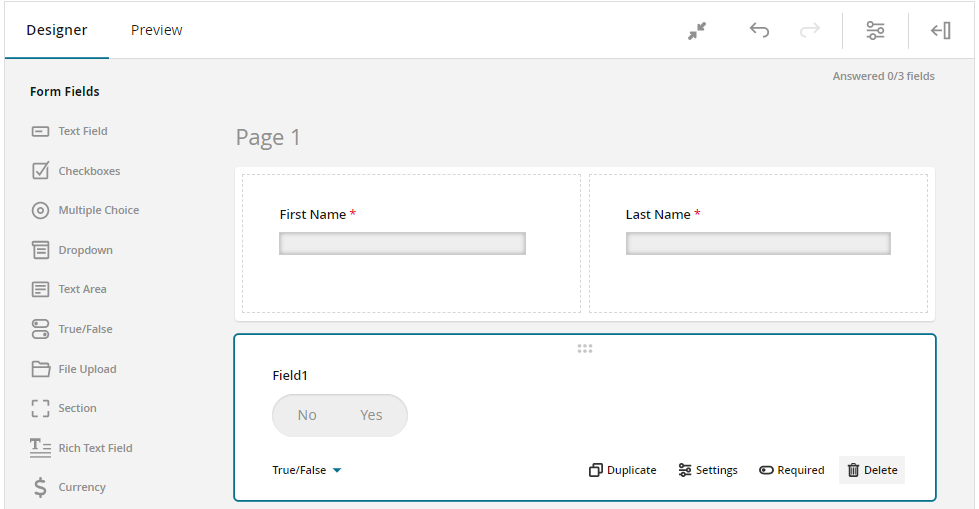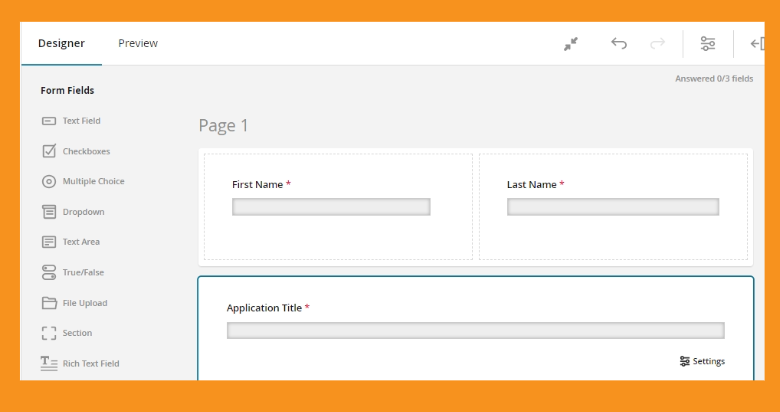Using InfoReady to manage form collection processes just became even easier. The most recent software update introduces Dynamic Profile, a feature that allows data from a user's profile to autofill specific fields on application forms or Progress Reports. The autofill functionality is available in any workflow built using the Form Designer Template.
Leveraging Dynamic Profile reduces the need for users to enter routine information again and again. Even better, InfoReady empowers administrators to choose whether they need to collect a specific Dynamic Profile field in the workflow or opportunity they are managing, which limits the amount of unnecessary data to manage.
Here's how it works:
- When applicants begin a form, the marked fields will be auto-filled with values from corresponding fields in user profiles; the form fields will display as read-only to all applicants.
- If applicants do not have specific profile fields completed, they are instructed in the form to return to their profile to add missing information. Upon returning to the draft application, the form will automatically update to include the missing values.
- Once the application is submitted, it creates a record and the values in the submitted form will not change. In other words, the form will capture the profile information as it was at the time of submission.
For more details on how Dynamic Profile works, please read this DP support article. The guide will help you manage the feature and even outlines how profile field labels can be contextualized.
Take it to the next level with Dynamic Profile+
Dynamic Profile+ is an add-on to your InfoReady license that integrates the system of record (e.g. PeopleSoft or Banner) at your institution with user profiles in InfoReady. In addition to simplifying the form completion process for routine information, importing user profile data into your InfoReady site ensures that users submit data that matches your organization’s people information system.
A system integration can significantly improve the accuracy and standardization of submitted data, thus making management of the process more efficient and the data reporting much cleaner. Users do not have to fill out their profile and administrators will not need to rely on users following specific naming conventions.



